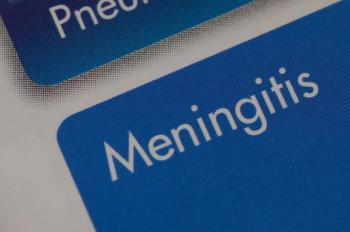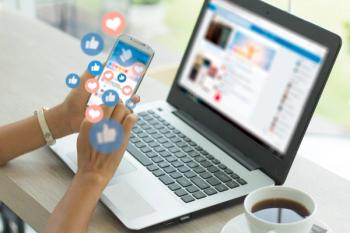
Remote monitoring by pharmacists can boost patient outcomes
Pharmacists who provide remote monitoring of three chronic disease states can help patients improve health targets
Pharmacists are in a unique position to offer remote monitoring of three chronic disease states-diabetes, women’s health, and heart health-to boost patient outcomes, according to Joey Mattingly, PharmD, MBA, during the NCPA 2015 annual convention in National Harbor, MD.
Diabetes
Diabetes, a chronic disease that affects approximately 29 million Americans or 9.3% of the U.S. population, presents an opportunity for pharmacists to help patients manage this chronic disease state through the use of mobile Health (mHealth) apps, noted Mattingly, assistant professor, Department of Pharmacy Practice and Science, University of Maryland School of Pharmacy, Baltimore, MD.
The iBG STAR glucometer (sanofi-aventis), which connects directly to an iPhone or iPod Touch, has an mHealth app for tracking blood glucose readings, carbohydrate intake, and insulin doses, and the data is sharable. The One Touch Verio (LifeScan) glucometer, which can wirelessly sync with iPhone, iPad, and iPod Touch devices, also offers summaries of data and can be shared. The data can be backed up to the One Touch Reveal Account, he said.
For diabetes patients looking for a free iPhone app, the Glucose Buddy (SkyHealth) allows for manually entered blood glucose readings, and the data can be shared and synced to an online account. “This app received almost 1,700 ratings and averaged 4.5 out of 5 stars in the app store,” Mattingly said.
Women’s health
One of the biggest areas of growth in the mHealth space is women’s health, including pregnancy and reproductive health, menstrual cycle tracking, and child care, he explained.
The Life+ app (Lovetap) is another free iPhone app that can be used by women for tracking one’s menstrual cycle. Users can record symptoms, mood, and reproductive cycle reminders and can predict upcoming fertile days. “This app was rated almost 5,200 times and averaged 5 out of 5 stars in the app store,” he said.
Heart health
There are a number of mHealth apps that can help track heart-related variables, such as blood pressure, pulse, and sodium intake. In addition, there are a number of apps that use the iPhone’s camera to detect heart rate.
For fitness enthusiasts, the mHealth app options are endless, but a few good ones are MapMyRun, MyFitnessPal, and Runtastic GPS. However, there are also wearable devices, such as the Fitbit (Fitbit Inc) with mHealth app for tracking daily steps, distance, calories burned, sleep, and weight.
Community pharmacists have been very effective in coaching and monitoring patients’ cholesterol, blood pressure, blood glucose, body mass index, and waist circumference. They can leverage the mHealth app data to help patients stay on track and improve their outcomes.
“If you want to implement mHealth services, you need to follow the PDSA model-Plan, Do, Study, Act,” Mattingly explained.
First, choose a service that will be useful for your patient population and complements your staff’s strengths. Consider starting with a small pilot program of 20 to 25 patients who could benefit from the service. Collect both qualitative and quantitative outcomes to evaluate and focus on the trends. Then roll out the service with structured processes and measure the outcomes and patient satisfaction.
Newsletter
Pharmacy practice is always changing. Stay ahead of the curve with the Drug Topics newsletter and get the latest drug information, industry trends, and patient care tips.






































































































































